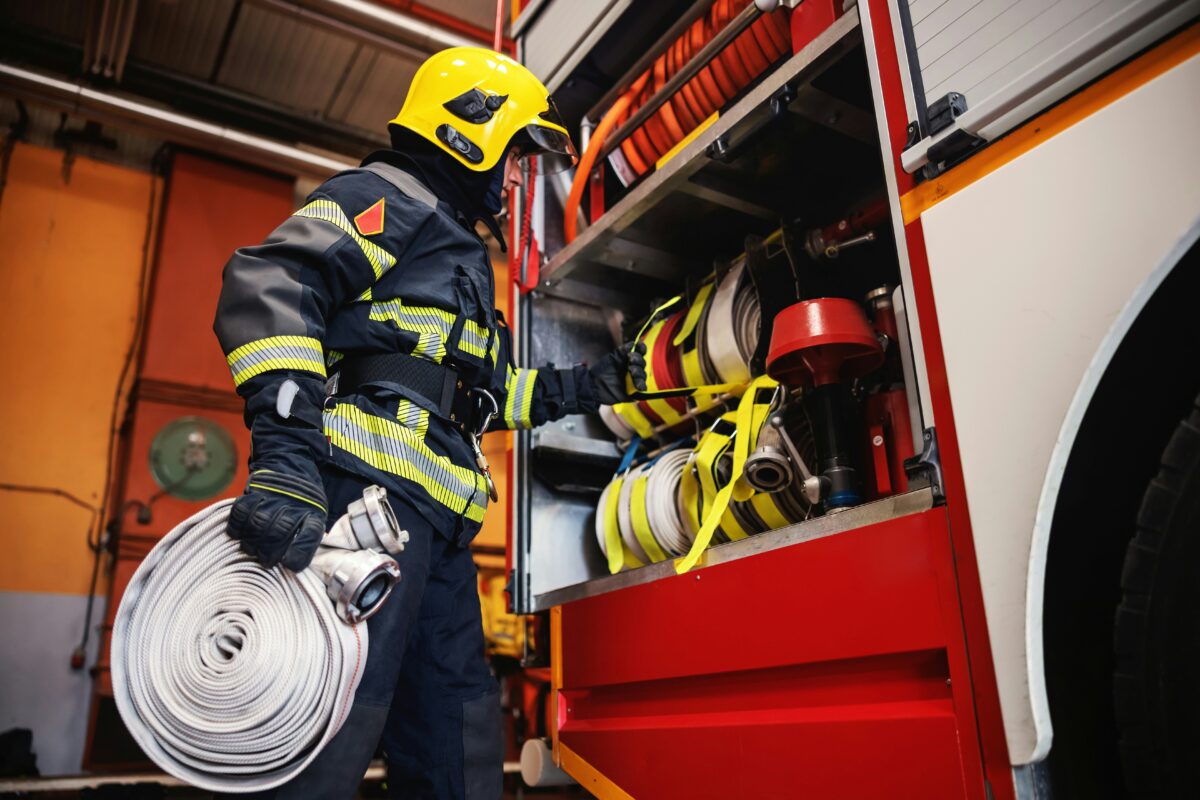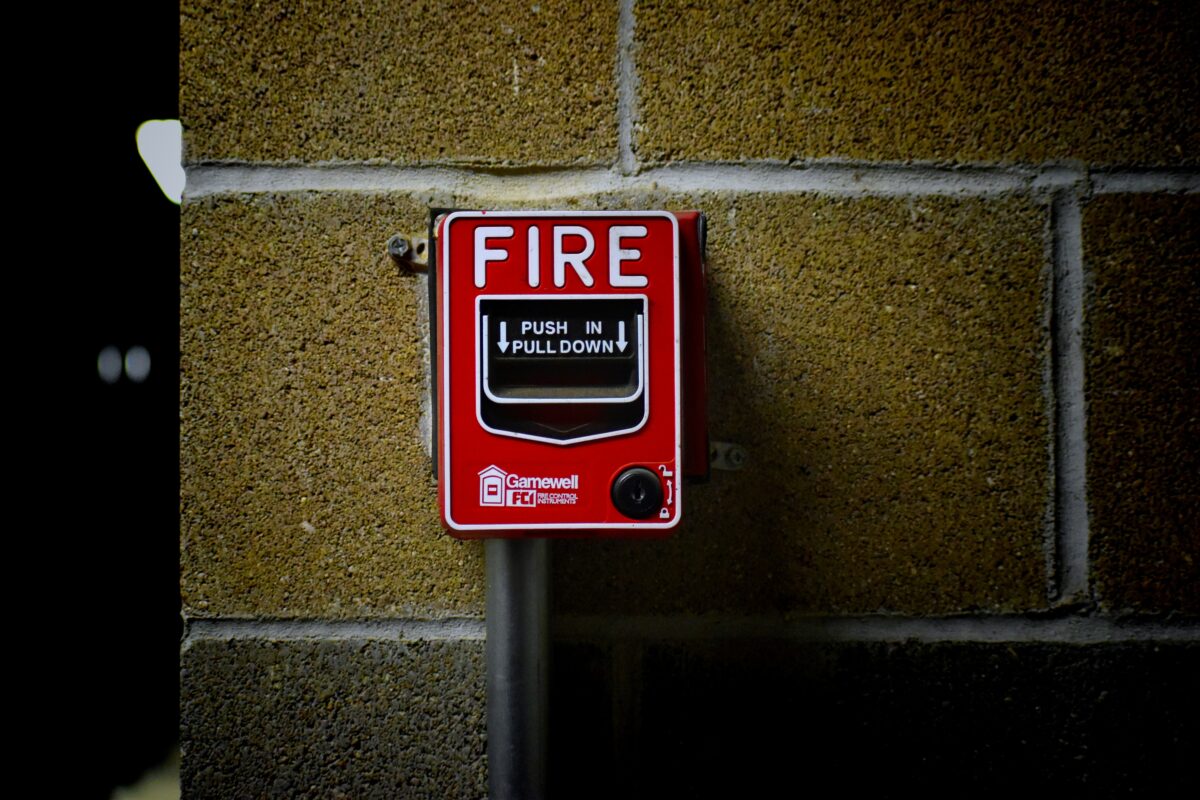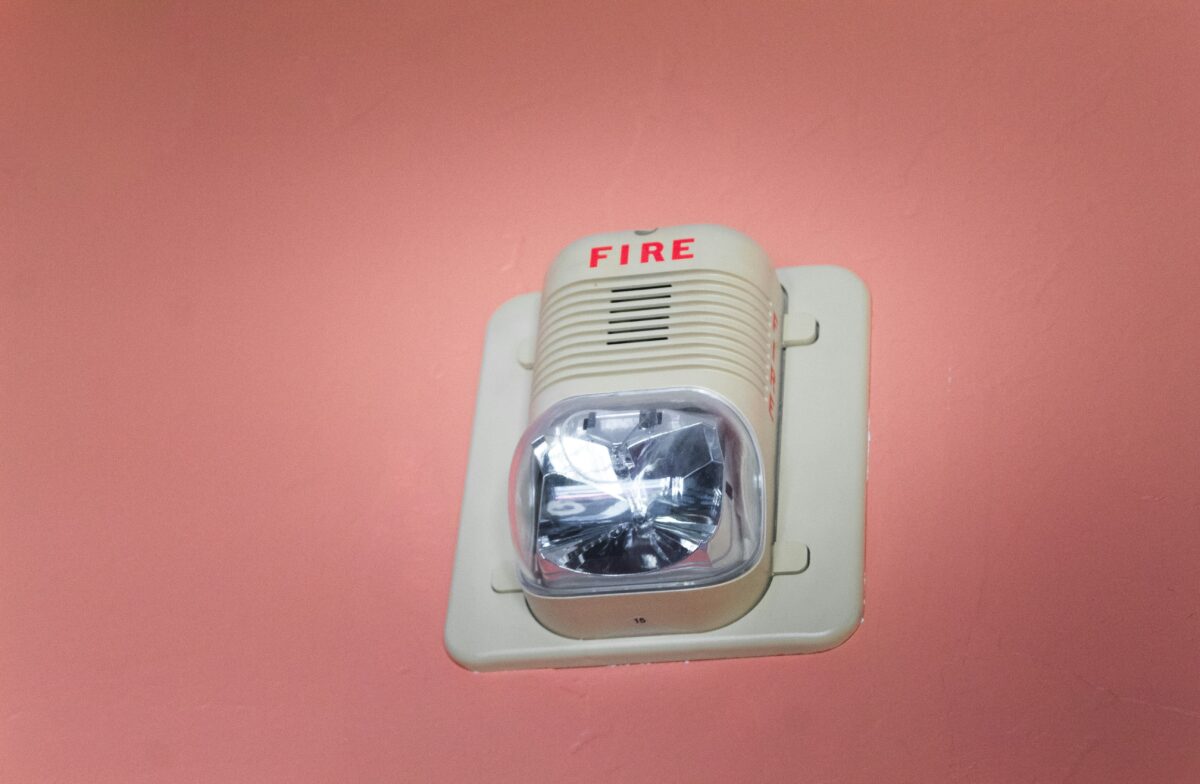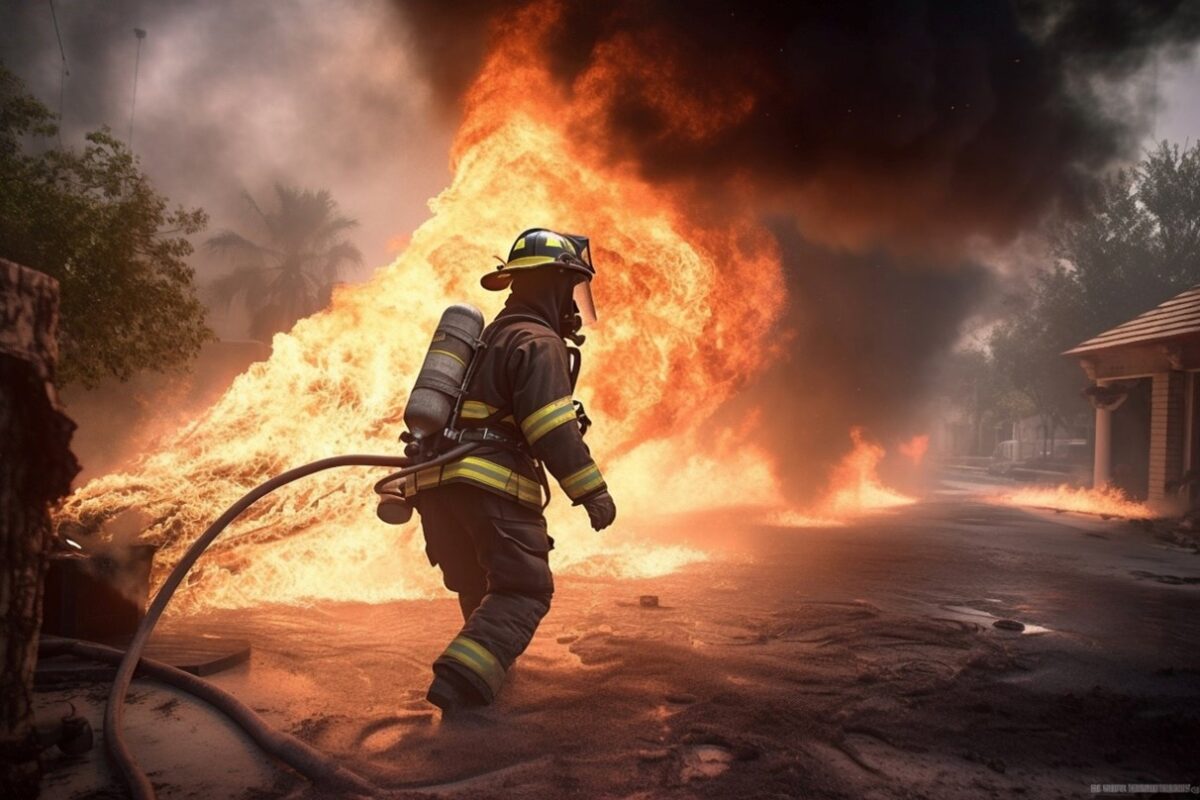In today’s competitive business environment, leaders play a pivotal role in driving success. Strong leadership is the key to unlocking potential, motivating teams, and ensuring business growth. Whether you’re managing a startup or a large organization, the quality of leadership can determine how quickly and efficiently your business grows. In this article, we will examine the strategies that leaders can employ to drive business growth and cultivate a sustainable, successful organization.
The Power of Vision in Leadership
A clear vision is one of the most critical elements of strong leadership. Business leaders must be able to see the big picture and communicate this vision to their team. A compelling vision not only guides decision-making but also inspires employees to work towards a common goal. It gives direction and purpose, making it easier for teams to align their efforts with organizational objectives.
To drive business growth through leadership, it’s essential that leaders set clear, achievable goals. These goals should align with the company’s long-term vision and be measurable to track progress. When employees understand how their contributions fit into the bigger picture, they are more motivated and engaged in their work.
Building a High-Performing Team
One of the hallmarks of strong leadership is the ability to build and nurture high-performing teams. Leaders who empower their teams, provide guidance, and encourage collaboration create an environment where employees thrive. High-performing teams are not just about individual skill; they rely on effective communication, trust, and shared responsibility.
Business growth depends on the collective effort of everyone involved. As a leader, you must provide your team with the necessary tools, resources, and opportunities to succeed. Encouraging creativity, fostering an inclusive work environment, and recognizing achievements can build a strong sense of loyalty and productivity among team members.
Effective Communication for Success
Strong leadership and effective communication go hand in hand. A leader who can communicate effectively can drive business growth through effective leadership by ensuring that everyone is aligned and working towards a common goal. Open communication enables leaders to effectively delegate tasks, provide constructive feedback, and offer guidance when needed.
Moreover, effective communication helps to build trust within the team. When employees feel heard and valued, they are more likely to contribute their ideas, share concerns, and collaborate on solutions. Leaders who foster an open-door communication policy promote a culture of transparency, which helps reduce misunderstandings and enhance productivity.
Encouraging Innovation and Adaptability
In today’s rapidly evolving business landscape, innovation and adaptability are crucial for driving growth. Leaders who encourage creativity and are open to new ideas can help their organizations stay ahead of the curve. By fostering an environment where employees feel safe to take risks and propose innovative solutions, businesses can maintain a competitive edge.
Adaptability is another critical trait for strong leadership. As market conditions, technologies, and customer preferences evolve, leaders must be able to adapt their strategies quickly and effectively. A leader who embraces change rather than fears it can inspire their team to do the same, ensuring that the organization is always ready to face new challenges and seize emerging opportunities.
Decision-Making with Confidence
Effective decision-making is a cornerstone of strong leadership. Business leaders must be able to make informed, confident decisions, even when faced with uncertainty. This requires a strong understanding of the industry, the company’s operations, and the challenges that lie ahead.
Leaders who make decisions based on data and insights rather than emotions are better positioned to drive business growth. It’s also essential for leaders to involve their teams in the decision-making process. Collaborative decision-making fosters a sense of ownership and responsibility, motivating employees to work towards achieving the goals set by the organization.
Fostering a Culture of Accountability
Leadership is not just about providing guidance; it’s also about holding yourself and others accountable. A culture of accountability ensures that everyone in the organization takes responsibility for their actions and the quality of their work. When team members are held responsible for their roles, they are more likely to stay focused on their tasks and work towards meeting organizational goals.
As a leader, it’s essential to set the right example by demonstrating accountability in your actions. Be transparent about successes and failures, and take responsibility for your decisions. This sets a positive tone for the rest of the team and encourages them to do the same.
Providing Opportunities for Growth and Development
Leaders who prioritize professional development create a culture of continuous improvement. Providing employees with opportunities to learn and grow not only benefits the individual but also enhances the organization’s overall success. Leaders should encourage employees to pursue training, attend workshops, and take on new challenges that will help them develop their skills and expertise.
Investing in employee development contributes to business growth by creating a more skilled and motivated workforce. As employees acquire new skills and knowledge, they become more effective in their roles and contribute to the organization’s overall success. Moreover, offering growth opportunities helps retain top talent, as employees are more likely to stay with a company that supports their career aspirations and goals.
Measuring and Celebrating Success
Strong leadership involves not just driving growth but also celebrating achievements along the way. Leaders who acknowledge milestones and recognize their team’s contributions motivate employees to continue striving for excellence. Celebrating success fosters a positive work environment and reinforces a culture of high performance.
Additionally, measuring success through key performance indicators (KPIs) enables leaders to track progress and make informed, data-driven decisions. Regularly assessing business performance enables leaders to adjust strategies as needed and ensure they are on the right track to achieve their long-term goals.
Leading with Integrity and Ethical Standards
A business built on strong leadership upholds integrity and ethical standards. Leaders must lead by example and make decisions that align with the company’s values. When employees see their leaders acting with honesty and transparency, they are more likely to follow suit.
Ethical leadership fosters trust, a crucial element for business growth. Customers, partners, and investors want to work with companies they trust. Leaders who act with integrity establish a positive reputation for their organizations and foster long-term relationships built on mutual respect and trust.
Driving business growth through strong leadership requires a combination of vision, communication, innovation, and accountability. By empowering teams, fostering a culture of continuous learning, and making informed decisions, leaders can pave the way for sustainable success. Remember, leadership is not just about telling people what to do – it’s about guiding them, supporting their development, and helping them work towards a shared goal. With strong leadership, any organization can unlock its potential and achieve remarkable growth.











